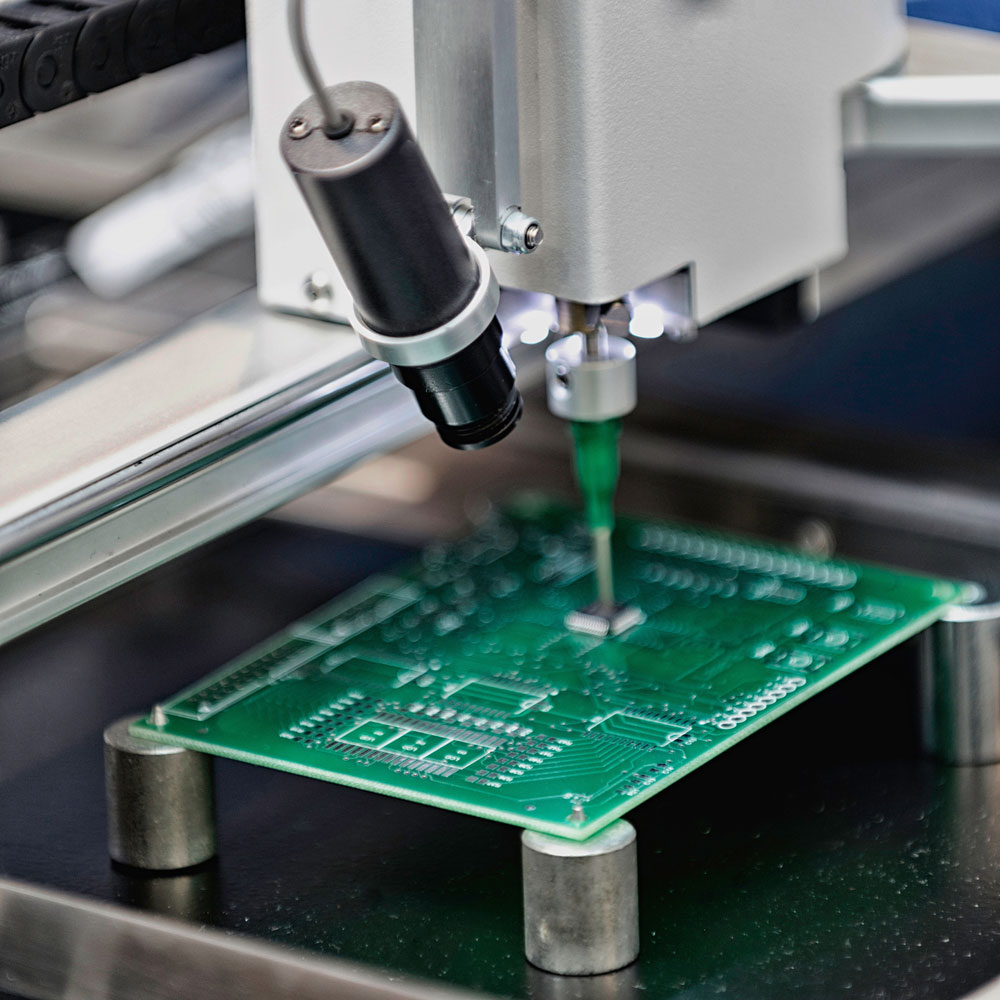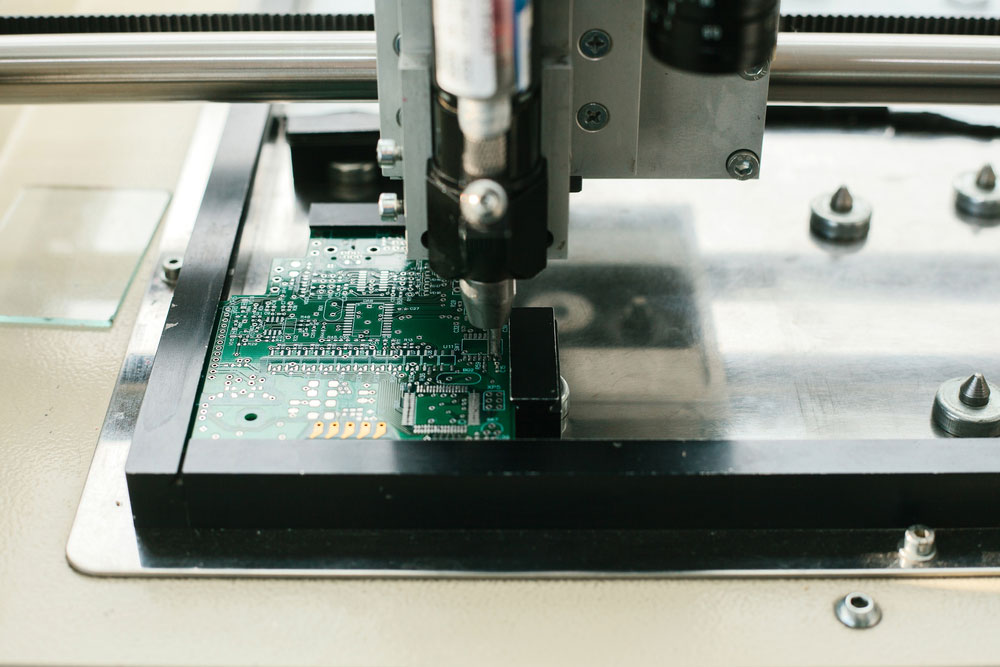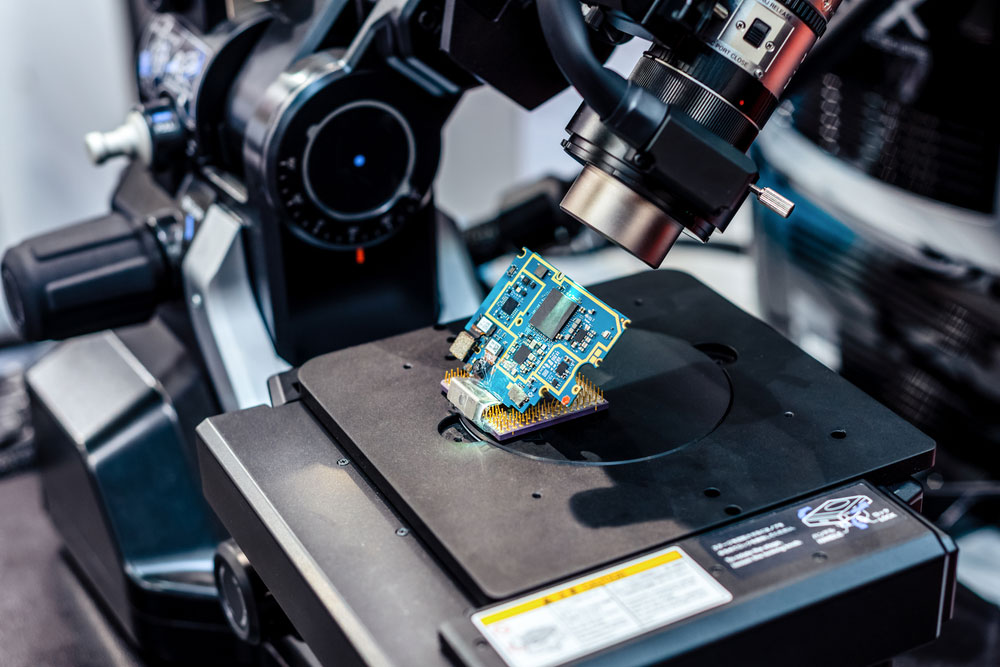A critical process of the invention is prototype manufacturing. Creating a prototype of your idea gives room for creativity and transformation of an abstract into something real and tangible. The three things that can affect the prototype’s look are the idea, goals, and budget.
You can create prototypes of anything from simple items to more complex inventions. Prototypes can be used to demonstrate your idea and make room for improvement. After evaluation, you can go ahead to manufacture the final product.

1. Advantages

1. It helps with idea testing and refining. It helps to get a physical version of a product theory. This step will enable the engineers to test if the idea can be functional.
During this testing, every problem can be identified and fixed so that the final manufacturing will produce an improved version of the idea.

2. It will enable engineers to test how every relevant material to the final product will perform.
3. It will also push your idea forward to as many stakeholders interested in the final product.
2. A process of prototype manufacturing

1. Decide on the material which you want to use for your product and use it to create the prototype
2. Gather the materials you will need to develop your idea’s prototype. It may be plastic, cotton, metals, textile, and chemicals.

3. Create a budget for the prototype to save costs while still achieving your aim.
4. You can develop the prototype or hire professional designers, engineers, developers, etc.
5. Carry out extensive research to discover emerging technologies in the industry so that you can save costs.
6. Unleash your creativity into prototype manufacturing to achieve your goal, giving form to your fantastic product idea.




